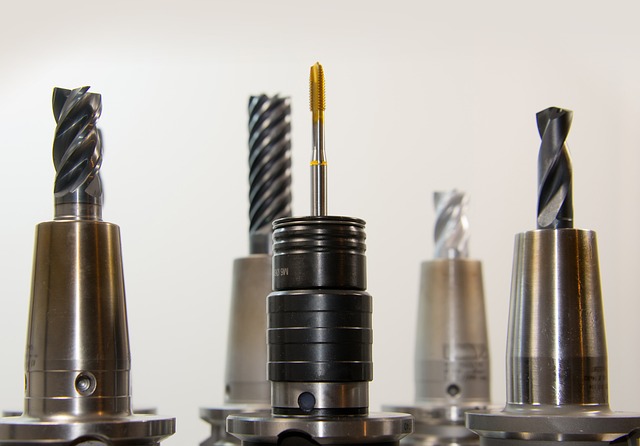Creating the spiral ridges and valleys known as threads on fasteners like screws and bolts is deceptively complex. Though we take threaded fasteners for granted, producing these tiny features accurately and efficiently requires masterful technique and precision.
In this article, we will understand the primary methods used to create internal and external threads in manufacturing. Understanding the comparative strengths and limitations of thread chasing, thread rolling, and thread grinding allows engineers to select the optimal approach.
Thread Cutting Methods
Two main categories of thread-cutting methods exist: single-point and formed tool cutting. Single-point cutting uses a cutting tool with a single cutting edge fed linearly or rotated against the workpiece to cut the thread profile one pass at a time. Common single-point thread-cutting techniques include thread chasing and thread milling. Formed tool cutting, on the other hand, uses pre-formed cutters that have the thread form profile machined into them. The cutters replicate the thread profile onto the workpiece in one or more revolutions. Taps and dies are examples of formed cutters used for threading.
Thread Chasing
Thread chasing uses a single-point cutting tool on a lathe or screw machine to cut external or internal threads. The cutting tool moves linearly, taking several passes along the axis of the pre-turned blank workpiece to incrementally create the thread profile. Thread chasing allows for accurate control over the fit and finish of the threads. It is commonly used to cut large or custom threads, which is impossible with taps and dies. The process is relatively slow compared to other techniques.
Thread Milling
Thread milling also includes a single-point cutting tool on a specialized machine with coordinated simultaneous axis movements to machine threads. A computer (CNC) numerically controls the axis movements to revolve and appropriately translate the cutter to cut the desired thread form. Thread milling is highly versatile and ideal for high-quantity production and low-volume custom threads. It offers the flexibility to produce various internal and external thread sizes and types without custom tools.
Taps And Dies
Taps and dies are formed cutters made of hardened tool steel used in pairs to cut external and internal threads, respectively. Both utilize teeth cut with the reverse form of the desired thread profile. A variety of taps, such as pipe threading taps, cut threads by being screwed directly into a pre-drilled hole in the workpiece, cutting the female thread as they progress. Also, Pipe threading taps have tapered sections to ease threading and cutting pipe threads.
Dies cut threads on the external surface of rod stock or a pre-turned diameter by being forced longitudinally while rotating. Taps and dies quickly cut threads but limit the size and type of threads produced.
Whirling
Whirling is a thread-cutting technique used on lathes where the cutting tool revolves around the stationary workpiece to produce longer threads with faster production rates. As the cutter revolves, it moves slowly and linearly along the axis of the workpiece while simultaneously taking many cuts to form the thread. The process can generate intricate thread forms that are impossible with taps and dies. Disadvantages include significant equipment costs and vibration during cutting.
Other Methods
Rolling and grinding are alternative thread-cutting techniques used in high-production manufacturing. Thread rolling displaces and cold forms thread profiles onto workpieces between two pressing dies. No chips are created, and weaker materials can be threaded. Grinding uses abrasive wheels to remove material and progressively form threads for precision applications.
Summary
Like any machining application, thread creation requires you to select the best technique based on parameters such as thread size, quantity, workpiece material, accuracy demands, equipment availability, and operating budget.
Understanding the working principles and comparative advantages of taps and dies, thread chasing, thread milling, and whirling allows engineers to produce thread components that meet functional requirements at the lowest cost possible.
Furthermore, routine inspection confirms that quality standards for form and fit are met for the lifespan of the components. With continued advancement in automation and computing technologies, thread machining and cutting promises to become even more flexible and productive in the future.














